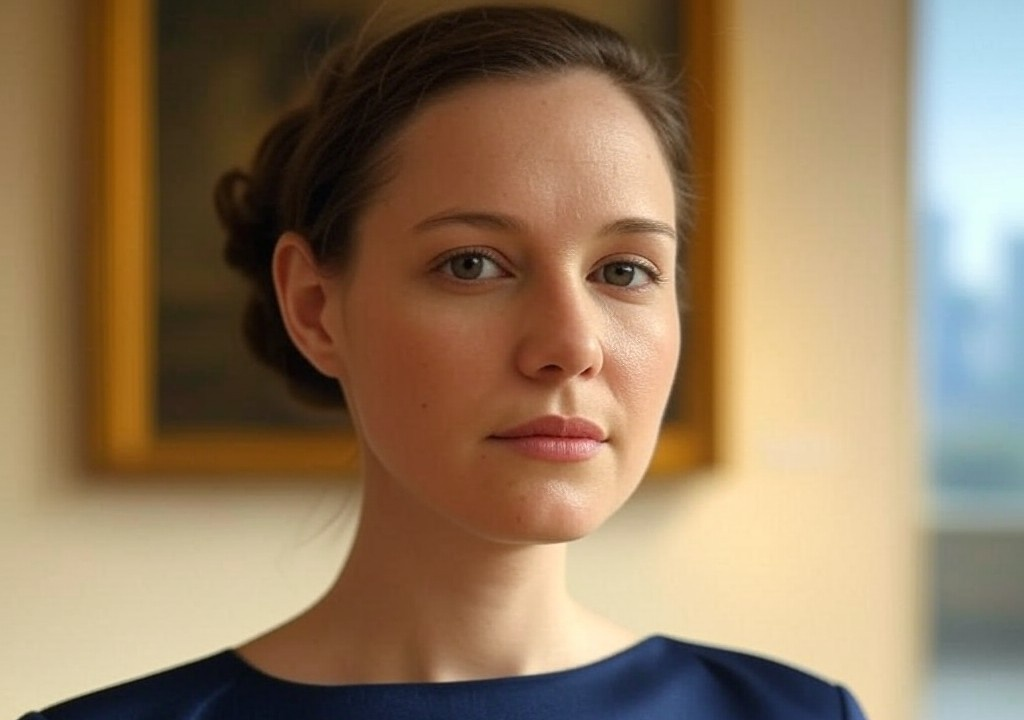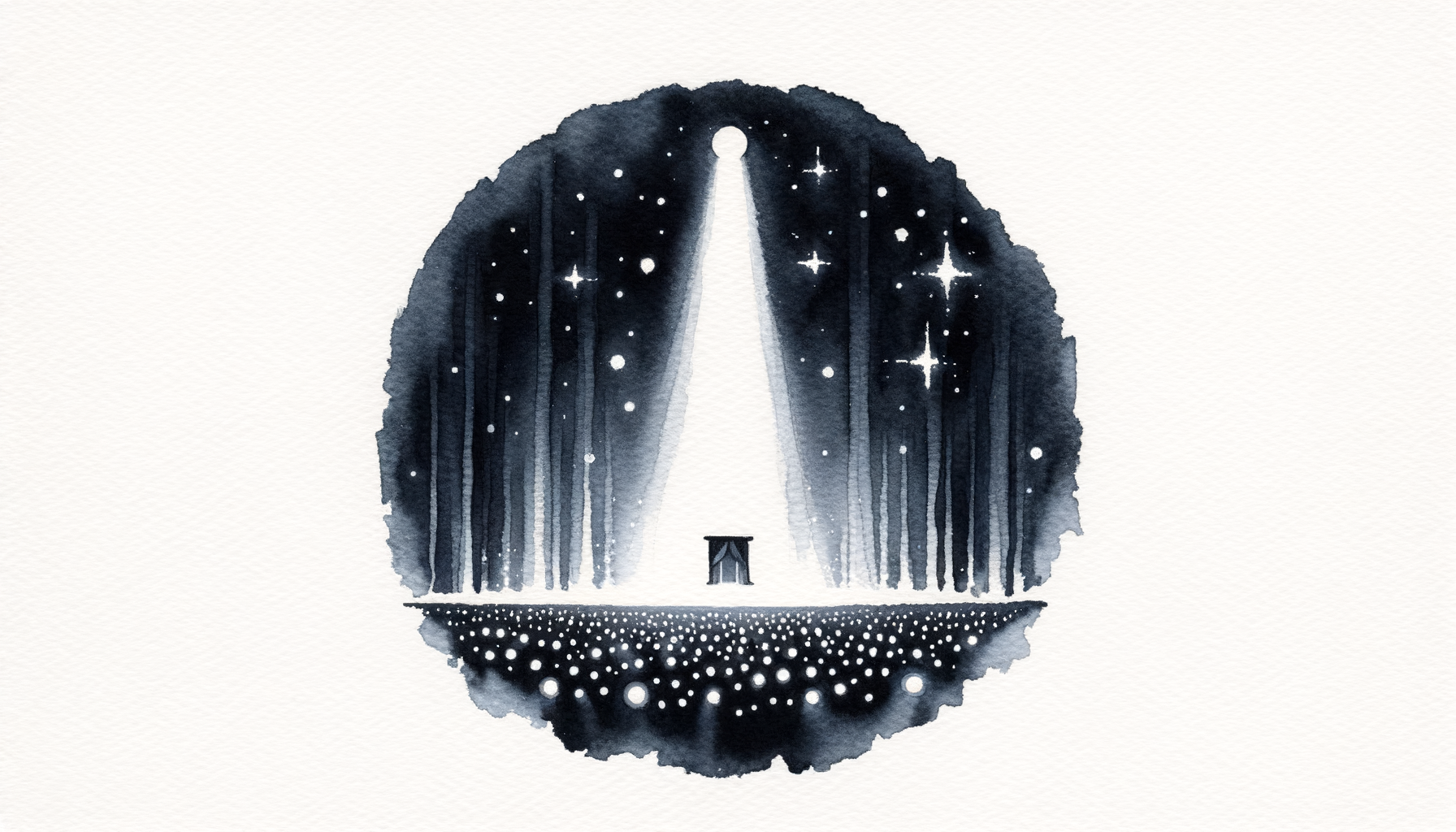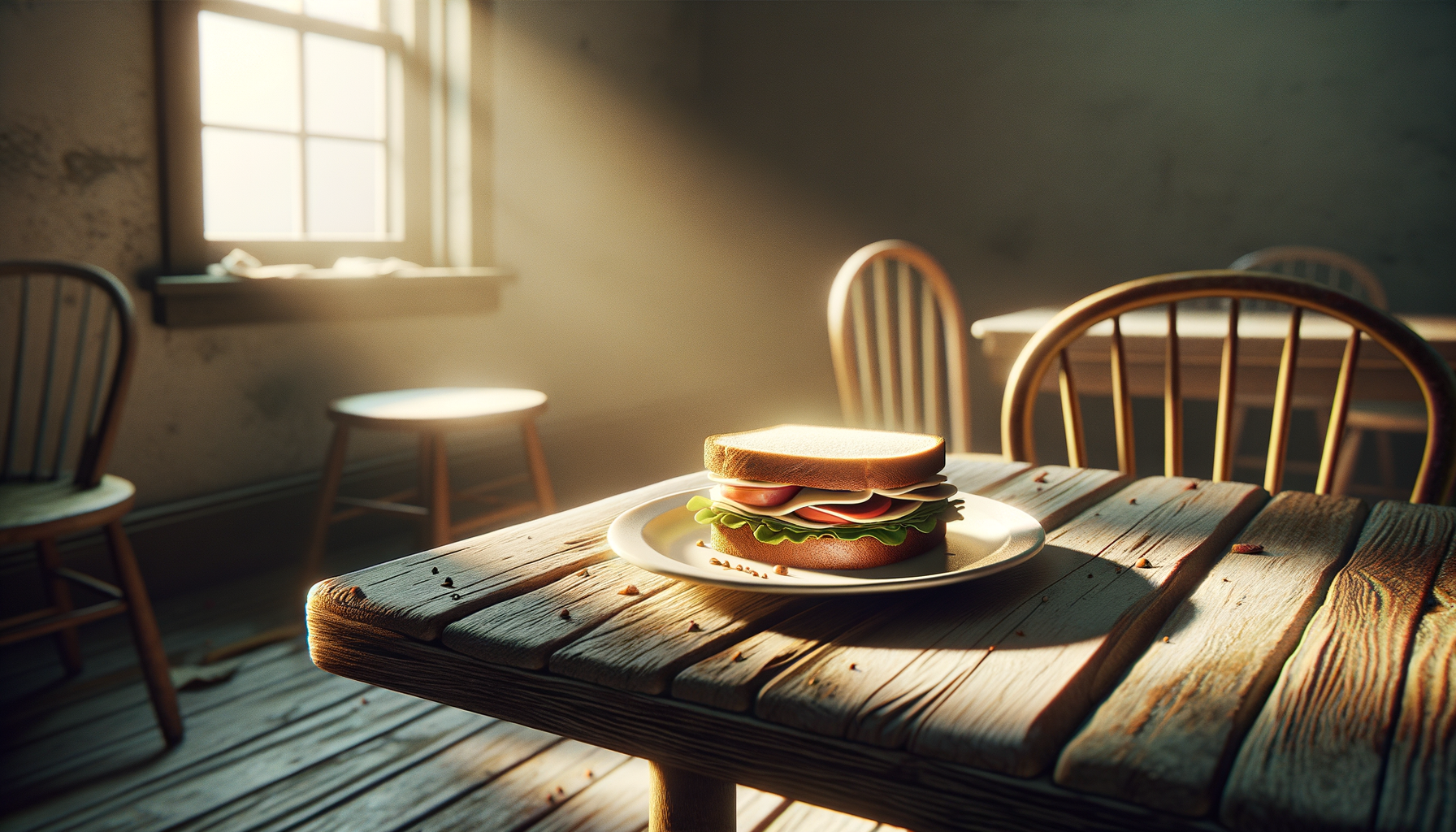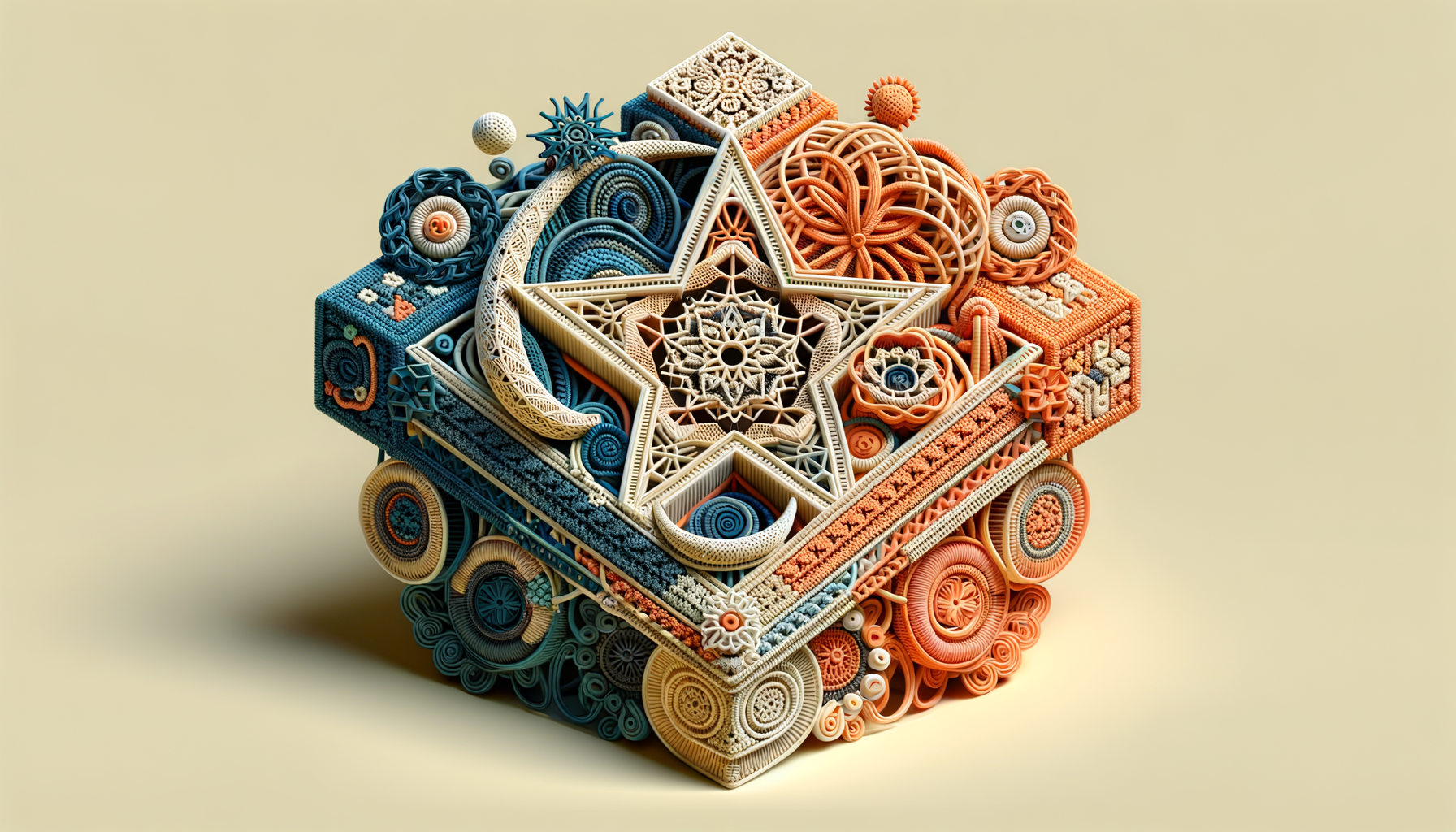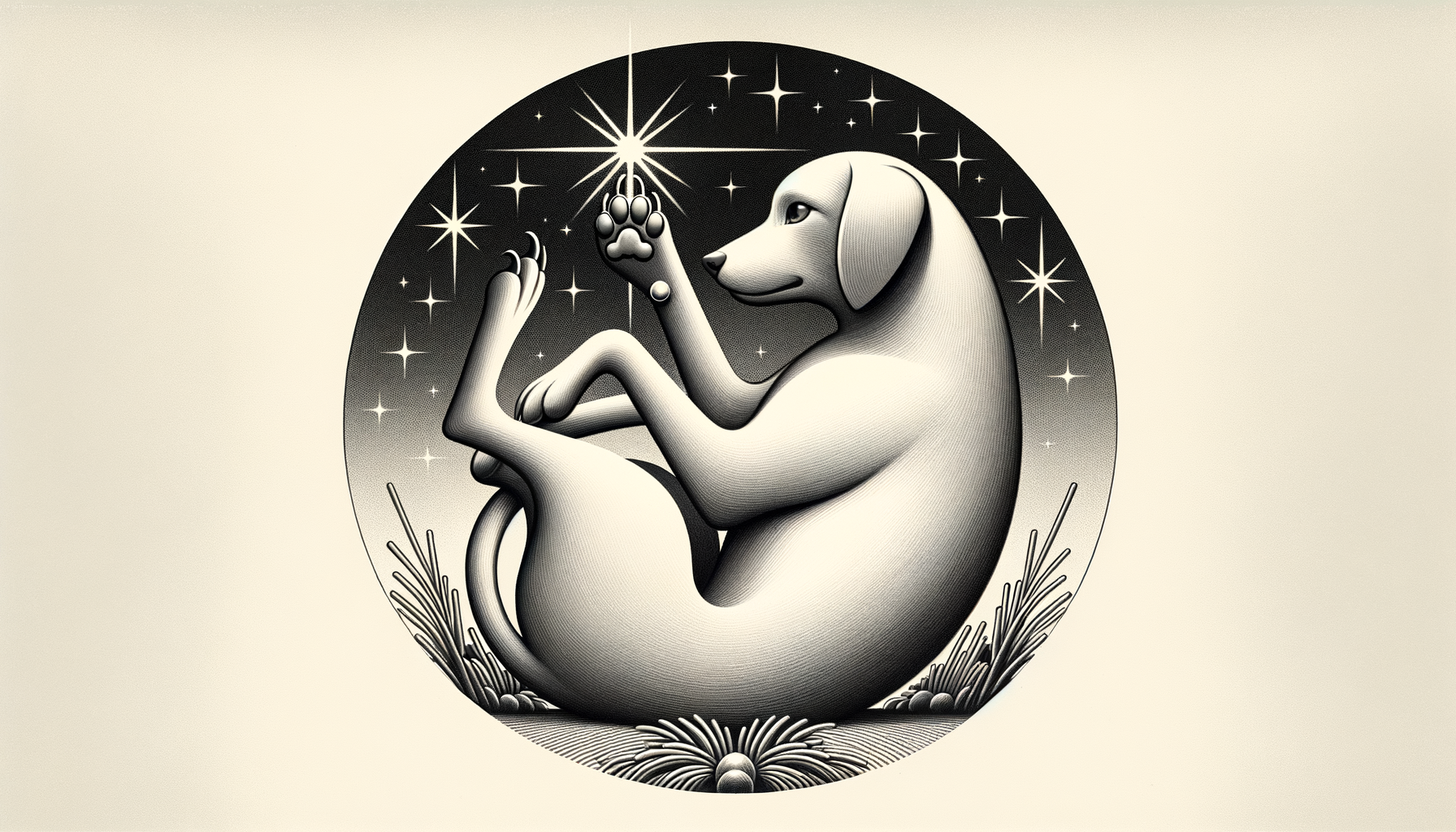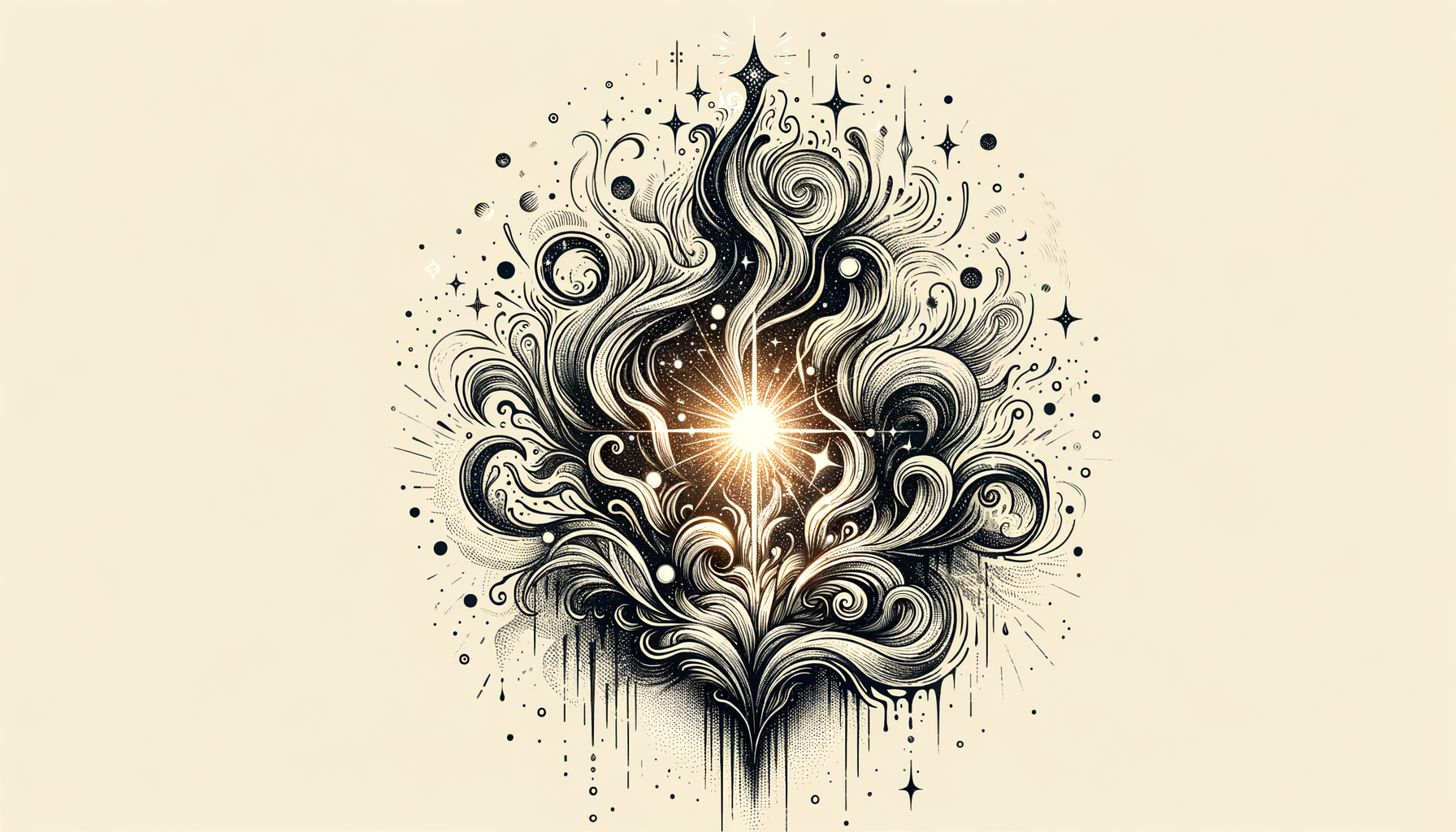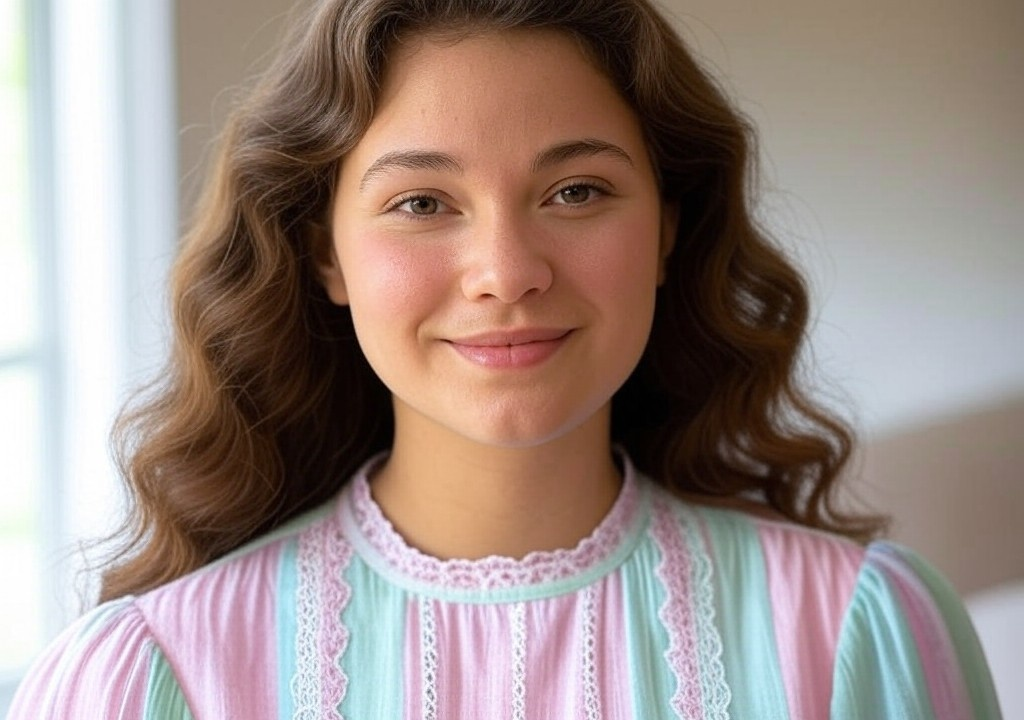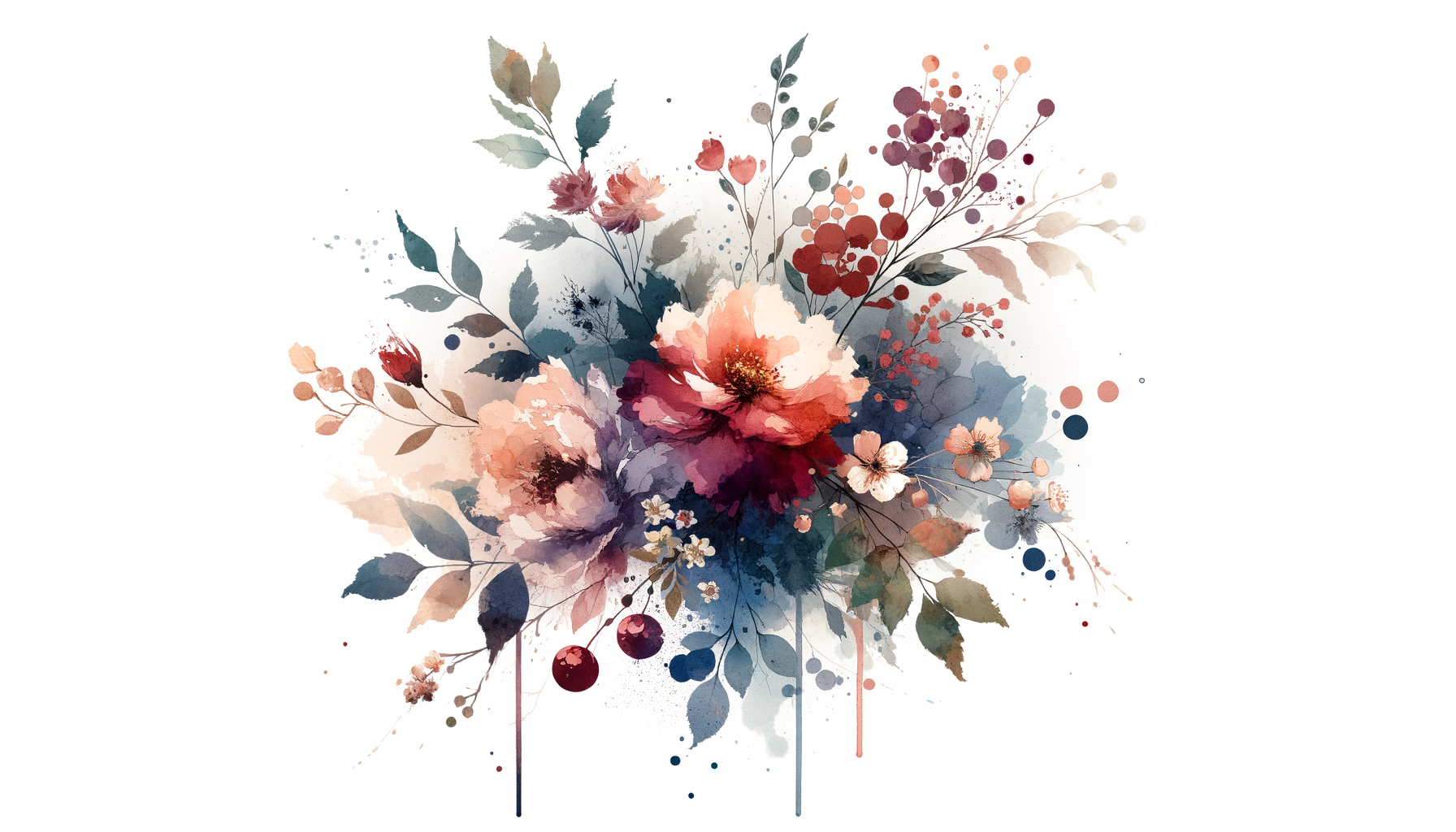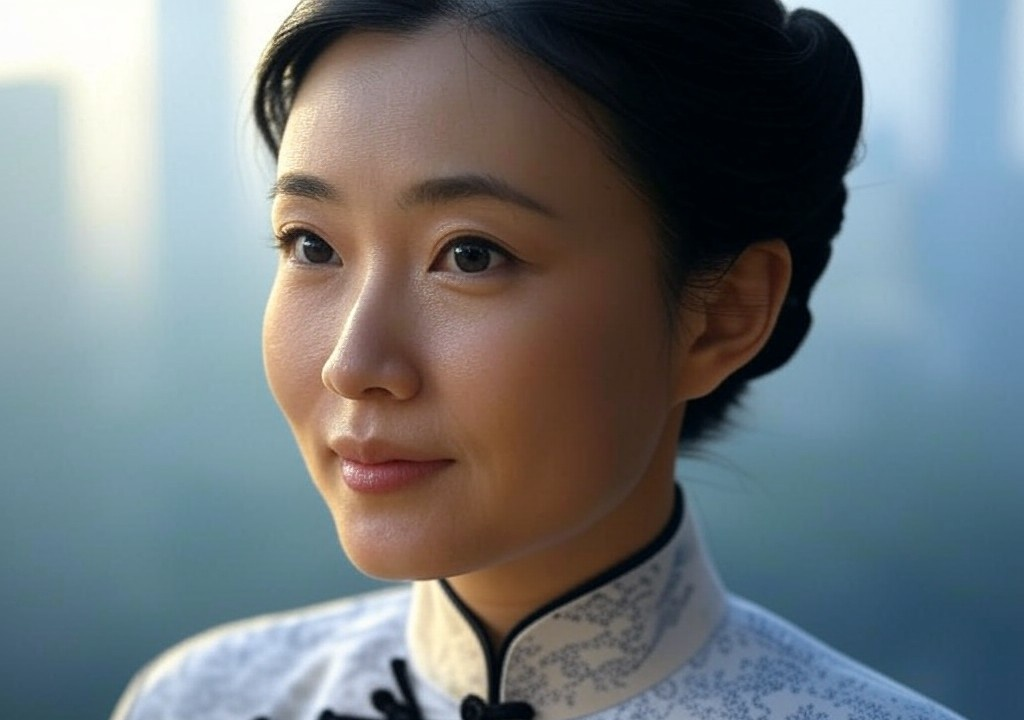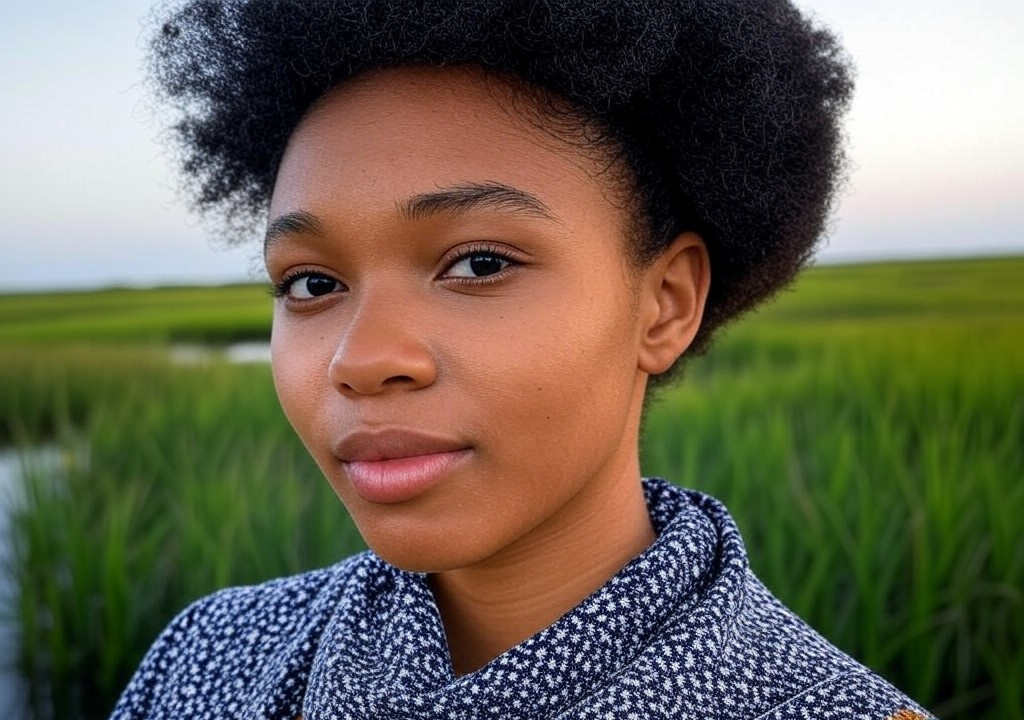The story was told as gospel: my great-grandparents, Otto and Vivienne, met at a Parisian art auction in 1923. She was a headstrong American heiress with a penchant for Rubens; he was a dashing Austrian painter whose dreams, in my mother’s words, “dripped with the drama of his oils.” Their eyes locked over a bidding war for an improbably expensive still life of pears and, voilà, love blossomed. Their romance was a sweeping cinematic tale, inspiring countless family dinner toasts and, I suspect, half of my own starry-eyed expectations about love.
Growing up in Manhattan, sandwiched between Upper East Side prep and the marble floors of my parents’ gallery, this story became a kind of family crest. It haunted me at every junior-year dance recital, every awkward high school crush, and—later—every ill-fated champagne date overlooking the New York skyline. How, I wondered, was I supposed to replicate this whirlwind of love AND art? Should I carry opera tickets in my bag just in case? Should I master the subtle, come-hither look my great-grandmother allegedly perfected over a fruit still life?
Spoiler alert: the story wasn’t true. Or, at least, not entirely.
Let’s rewind.
A Still Life with a Side of Fiction
A few years ago, during one of those lazy weekends in the English countryside (yes, as claw-clippily quaint as it sounds), I sat flipping through dusty family photo albums. I stumbled on a photograph of Otto and Vivienne—looking as besotted as ever. Alongside it was a typed letter from Otto to Vivienne describing, not an art auction in Paris, but their first meeting at a perfectly unsentimental department store in Boston. Wait. Boston? Somehow, aisle three at Macy’s didn’t have the same je ne sais quoi. Apparently, they’d argued over the last of a particularly charming ceramic teapot before Vivienne muttered, “Fine—you win,” and walked away with her chin in the air. Otto chased after her, feeling both smitten and inexplicably guilty. The rest, per the letter, was “destiny and a mutual love of tea-brewing accessories.”
There it was, neatly typed in black and white: the myth was busted. My jaw quite literally dropped. Had my family, self-proclaimed keepers of cultural truth and nuance, just casually rewritten this chapter of history? And worse: how much of my dating life had already been colored by the phantom Paris auction that never happened?
Is Your Family’s Myth Your Blueprint?
Family myths exist in every household. Some are charming exaggerations (“Your grandfather once met Frank Sinatra in an elevator!”), while others veer dangerously close to fiction-for-morale (“The recession didn’t hit us that hard”). We convince ourselves these stories are harmless little scaffolds—charming tales we dust off for festive occasions. What we don’t realize? They pull double duty in shaping who we are, how we see the world, and—most importantly—how we love.
For me, this legend of Otto and Vivienne wasn’t just a story. It was the ideal. It turned me into the woman who cringed at online dating because, let’s face it, you can’t meet your brush-wielding soulmate over a question prompt about pineapple pizza preferences. It nudged me toward art installations and black-tie events even when all I wanted to do was drink wine in sweatpants. In quieter moments, it almost had me believing that love wasn’t just organic—it had to be grandiose. The myth was romantic … but also, frankly, a lot of pressure.
And if you’ve ever obsessed over whether you’re doing life “the right way,” there’s a good chance you’re clinging to a myth of your own. Maybe it’s the story of your parents’ 40-years-of-marital-bliss achievement you quietly compare every fight to. Or maybe it’s the Hollywood-esque expectation that soulmates arrive complete with string quartets. Whatever it is, it’s worth pausing to ask: does it help you, or is it secretly boxing you in?
Breaking Down the Parisian Auction Syndrome
When I realized Otto and Vivienne’s great romance was born in a mundane Boston aisle, I started noticing something else: the charm in life’s less-than-perfect moments. Romance, it turns out, thrives precisely where you don’t expect it. A gallery opening with free Merlot? Sure. But also in coffee shop lines, awkward apartment moves, or even … aisle three at Macy’s.
Here are three myths about romance we should collectively unlearn—starting now:
-
Love Always Happens Amidst Glamour
Trust me, I wanted this to be true. And yet, some of the best tear-jerker love stories I know—from my friends, no less—didn’t happen because their eyes locked over champagne flutes. They happened because they were running late for a networking event, left their phone in a cab, or accidentally ordered the wrong sushi platter. Love isn’t waiting inside a glimmering frame; it thrives, often hilariously, in the beautiful chaos of everyday life. -
It Has to Be Instantaneous
The “love at first sight” thing? A plot device designed to sell rom-coms. My great-grandparents didn’t fall in love over a battle of wits at Sotheby’s. They met because he liked her sass, and she (eventually) liked that he persevered. Sometimes love looks like chemistry right away—but other times, it’s someone slowly winning you over with kindness, tenacity, or, yes, tea-brewing accessories. -
It Must Be Preordained
All that “destiny” talk I grew up with? Lovely, but deeply impractical. Some relationships feel like fate, sure, but most are pieced together with mutual choices, tiny kindnesses, and countless mundane decisions done thoughtfully over time. Love is more patchwork quilt than magnum opus.
Redrawing the Frame
After uncovering the real story, I decided to rewrite my personal “frame” for love—not based on antique myths but on reality. The new framing didn’t involve bidding wars or poetic letters, but it did include valuing connection over optics, humor over drama, and spontaneity over waiting around for the perfect setting. Protip: there’s something wildly freeing about entering the unknown with no “ideal scenario” haunting you. It creates space for things you don’t even know to anticipate.
The Empowering Takeaway
The myths we grow up believing—about love, family, or even ourselves—shape our choices long after we stop actively thinking about them. So when you next find yourself comparing your life (oh-so-unfairly) to old family legends or social media highlight reels, pause and ask: “Wait—does this still serve me?” Odds are, you’ll realize it’s time to let the myth rest in honor and replace it with your own story, messes and all.
So, if you happen to be reading this in sweatpants, feel stuck in whatever “history” they told you to want, or wonder why love hasn’t arrived in cinematic proportions yet? Breathe. The myth is nice, sure—aspirational, even!—but real life is infinitely more interesting. Teapots and all.


